
How Leaky Windows & Condensation Can Cause Mold
As we transition from summer to fall and eventually into the winter months one of the more common causes of mold growth in homes in the Bay area tends to reemerged. Warm conditions inside the home coupled with cold weather outside creates condensation along windows thoughout homes and businesses alike. If those windows are not properly sealed, water will collect along sills and walls creating prime breeding environments for mold.
Windows can leak due to various reasons including poor quality installation and extreme weather. Although in Silicon Valley we usually do not have to deal with the latter. When a window begins to allow water inside from outdoors due to a leak or from condensation, the moisture build up can cause havoc. Water on wooden window sills will can begin to cause rotting in as little as a few months. From the window sill, the water damage will eventually travel to the structure if left unchecked.
Why do windows leak in the first place?
Window leaks are very common in older homes. Windows typically wear out over the years and weather, settling of your homes foundation, wood expansion and shrinkage, all play a role. Once windows cease to be leak air and water tight, leaks can occur. While it most commonly older homes with older windows that are at risk for leaks, make no mistake about it, new homes can also be at risk. Various reasons such as the design of a home, the installation standards, and maintenance or the lack thereof, all play a role.
House Design:
- When a home is designed with a lack or shortage of overhands for water drain off water can flow from the roof, downside the house, and along window edges.
- Single pane windows present the biggest risk for leaks.
Installation:
- When flashing is poorly installed or if breaks occur, water is likely to infiltrate your home
Maintenance:
- Missing caulking along the seams of a window are a top cause for concern.
- No paint seal—well laid paint seal will slightly overlap from molding of the window to the glass to create a tight seal.
Rotting wood, moldy walls, ugh, a recipe for disaster!
When talking about mold growth specifically, it is important to be able to identify growth at the earliest possible stages. Be on the lookout for discoloration or clearly visible mold growth along windows throughout your home. However, it is important to note that not all mold growth will be visible to the naked eye. In fact, for more serious window leaks water will travel inside the wall cavaties creating the perfect breeding ground for mold growth inside your walls. In the most severe cases mold growth can occur in as little as 24 to 48 hours on wet surfaces!
Some of the other common signs of mold growth include allergic reactions such as sneezing, coughing, runny nose, watery & itchy eyes. If you are experiencing any of these symptoms, especially if they are prevalent in the winter months, requesting a mold inspection is probably a good idea. Mold growth in your home can have serious negative health affects on adults, children and pets.
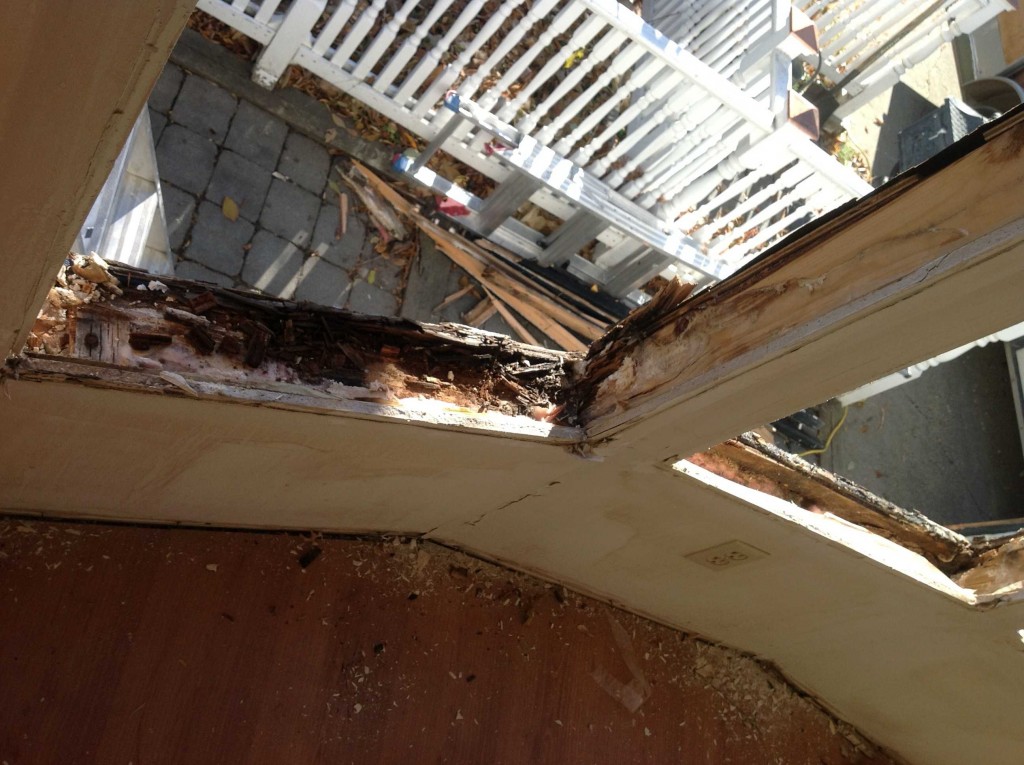
What can you do to prevent mold growth due to leaky windows?
First, you can inspect your windows annually to make sure that there are no leaks running into your house. Look for signs of water staining along window edges, on sills, walls, and along flooring. It is an especially good idea to check immediately after a good rain.
In an older home you are likely to notice leaks around the roof or upper floors if you have a multi level home. Short of removing the entire window it can often be difficult to diagnose where exactly a leak is coming from. If you detect a leak on your roof and find yourself in need of roof repair you should always contact a state license contractor to perform the work.
When a leaky window is severe enough that the water damage is affecting the structure around the window, it is usually time to call in a professional window replacement company. In many cases, the entire window along with a full-frame window replacement. While this is easily the most expensive option it is also guaranteed to be the most thorough by design. Rotten or damaged wood can be removed from the frame and replaced with proper materials and any mold growth that might be present inside walls or along wood studs can be remediated by a certified mold removal company.


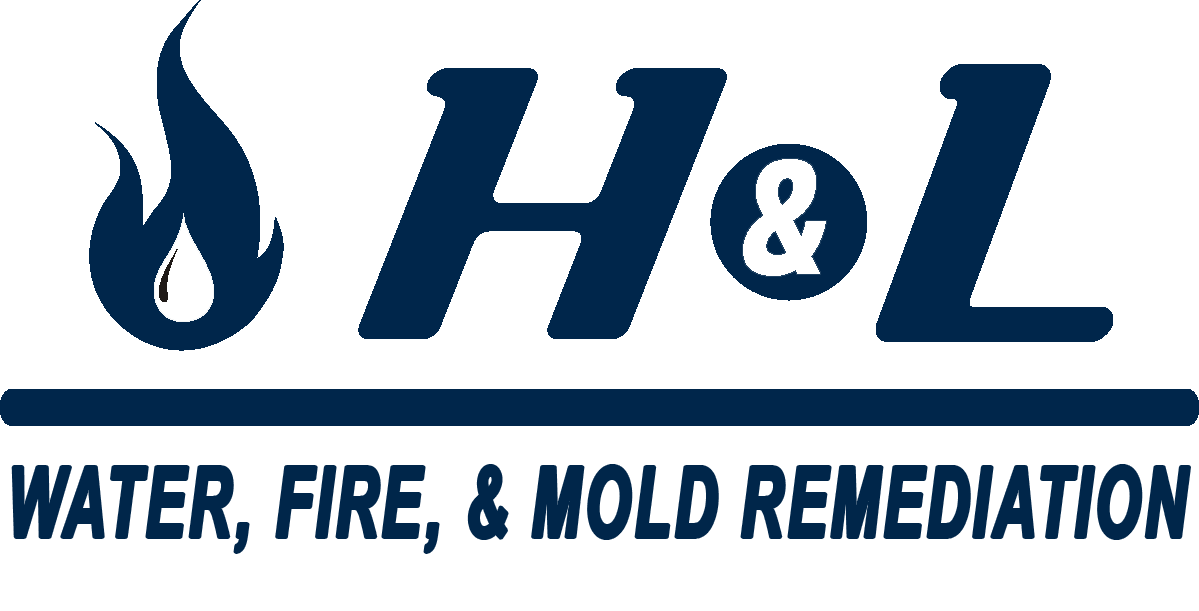
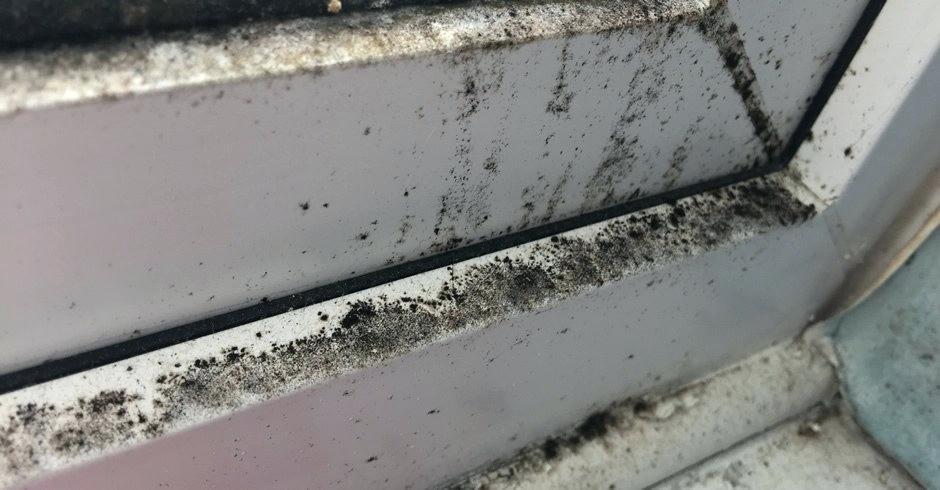
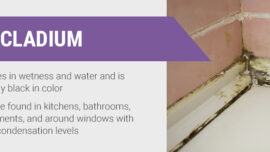
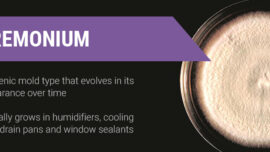

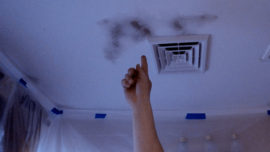

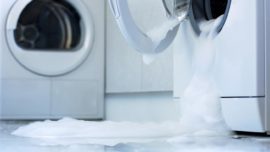
0 comments
Write a comment